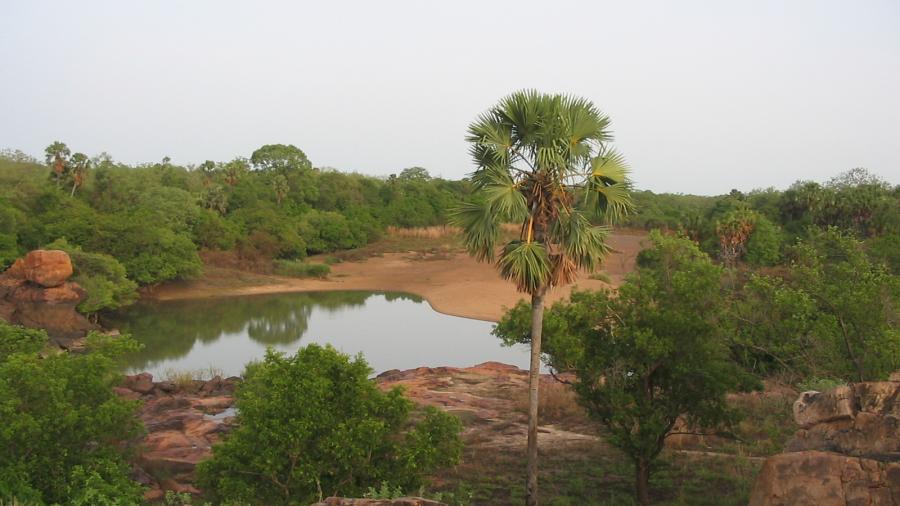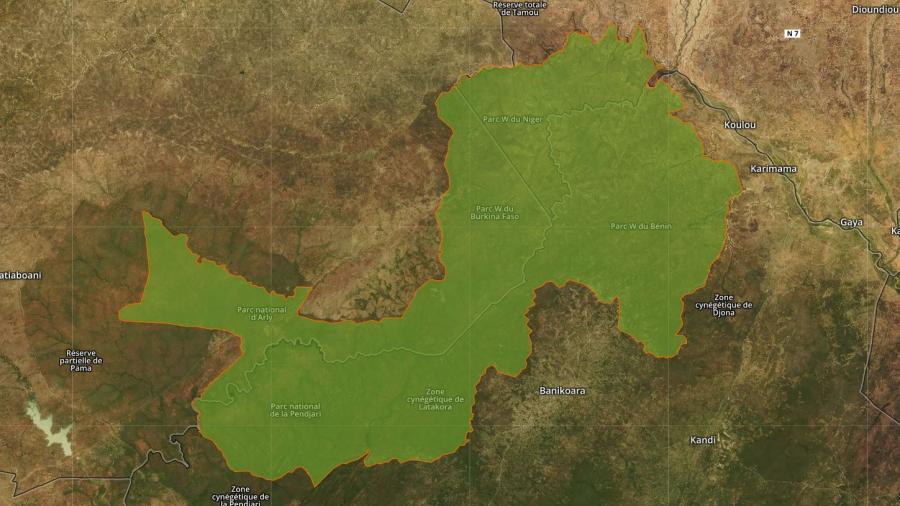Funding Agreement of the Climate Change Adaptation Measures Integration Project in the Coordinated Management of the W-Arly-Pendjari Park Trans-boundary Complex by the Adaptation Fund.
The Sahara and Sahel Observatory has just received, as a regional implementing entity, a grant from the Adaptation Fund, amounting to about $ 11.5 million, for the financing of a regional project relating to the W-Arly-Pendjari Park trans-boundary complex shared by Benin, Burkina Faso and Niger (ADAPT-WAP).
For the OSS, the ADAPT-WAP Project is the first regional project funded by the Adaptation Fund. The project should make it possible to strengthen the resilience of ecosystems and improve the living conditions of local populations facing climate change through the establishment of a multi-risk early warning system relating to droughts, floods and fires, and the implementation of concrete adaptation measures. This approval is a reward of the efforts made by the OSS, and the three beneficiary countries.
It is worth noting that the OSS has also been implementing, since 2017, a national project related to strengthening the resilience of communities to climate change through the catchment based integrated management of water and related resources in Uganda (EURECCCA), which had been approved by the Adaptation Fund over a period of four years.
What is the W-Arly-Pendjari Complex (WAP)?
The W - Arly - Pendjari (WAP) complex is one of the largest trans-boundary terrestrial ecosystems compositions in Africa. It is considered to be the largest and most important continuum of unaffected ecosystems in the West African savannah belt. Shared by Benin, Burkina and Niger, this network of protected areas consists of a number of areas with different status and protection regime. The natural resources of the WAP complex represent a major asset for local populations whose livelihoods are mainly based on agriculture, livestock, fisheries, forest resources (wood and non-wood products) and tourism.
However, the WAP complex is subject to multiple pressures and threats, mainly conflicts of use, poaching, overgrazing, expansion of agricultural land, transhumance, bush fires, surface water pollution, climate change and variability, unsustainable fishing, and the use of wood and non-wood products. In addition, the WAP complex is located in an agro-pastoral region characterized by high inter-annual variability exacerbated by climate change that makes it more vulnerable.
What are the main issues addressed by the ADAPT-WAP project?
The project will focus on the following issues:
- Drought leading to uncontrolled movements of pastoralists
- Floods that threaten people’s and plains’ safety by harvest loss
- Uncontrolled bush fires resulting in shrinking forest areas caused by both human and natural factors
- Expansion of agricultural land which increases pressure on natural resources and causes ecosystem degradation
How will the ADAPT-WAP project be managed?
The ADAPT-WAP project is implemented by the Sahara and Sahel Observatory (OSS) as a regional implementing entity of the Adaptation Fund. To this end, the OSS will collect the funds and send them to the beneficiary countries through the Regional Project Executing Unit.
The Regional Project Executing Unit bringing together a panel of experts hosted by OSS will lead the project management and coordinate the execution in close collaboration with the national project executing units of the three beneficiary countries to carry out the project activities.
In this context, a set of missions in the 3 countries are underway / planned on January 2020 with a view to:
- Establishing the first contacts with the various involved national institutions and structures in the three countries,
- Carrying out the due diligence procedure, and
- Reviewing the commencement conditions of the project
- Planning the activities to undertake.


